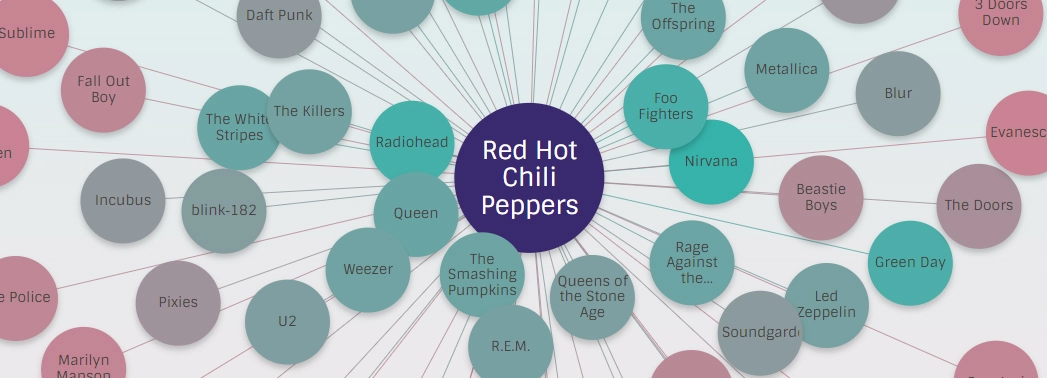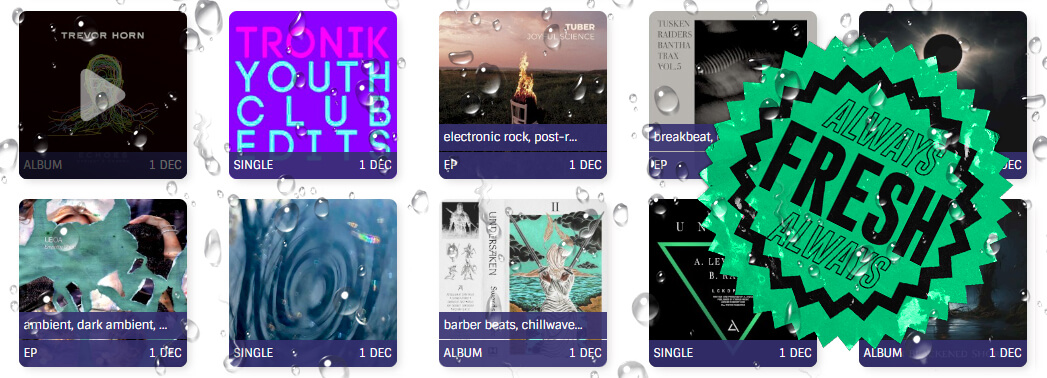Hello!
I’m pleased to announce that we’ve just released the latest version of LB Radio!
This release changes many things under the hood since the first release — given all the feedback you’ve given us, we were busy making improvements clear across the board. The improvements include:
- Speed: LB Radio artist and tag elements are much faster now, since most of the work is being done by Postgres (and not AI!) and not in slower and wasteful Python code as part of our Troi recommendation engine.
- More distinct modes: In our first version it was hard to tell the difference between the easy, medium and hard modes. This version fixes a few bugs and improves the overall algorithms used to make the artist and tag element playlists. The playlists generated for each mode should feel more distinct now.
- Country element: We’ve added a new country element that creates a playlist of recordings from artists who are originally from the selected country. This doesn’t always ensure that the music that we serve us is actually from that country or even representative of that country. Right now, we’re making a best effort for making a playlist that is representative of the country, but we might be missing the mark — you tell us. Also, tiny countries (e.g Vatican City, Andorra) don’t usually generate enough recordings to make good playlists, since there isn’t a lot of data available. Also, good thing Antarctica is not a country. 😂
- Streamlined syntax and improved error messages: The parsing library that LB Radio version 1 used was pretty cool, but its error messages were hated by everyone, even hard core geeks. Thus, we wrote a new parser that could give us better error messages and to make that process easier, the syntax of LB Radio has been made more consistent.
Let’s dive into a quick look of the improved syntax — all the following examples are valid LB Radio prompts:
David Bowie
#punk
artist:(Tina Turner)
tag:(trip hop, dreampop)
The most important thing to know is that any elements that accept free form text (e.g. tags and artist names), should always be enclosed in ( ). Please refer to our official documentation for all the details.
Have fun making new playlists! And as always, if you find a bug, please create a ticket in our bug tracker.
Thanks!




